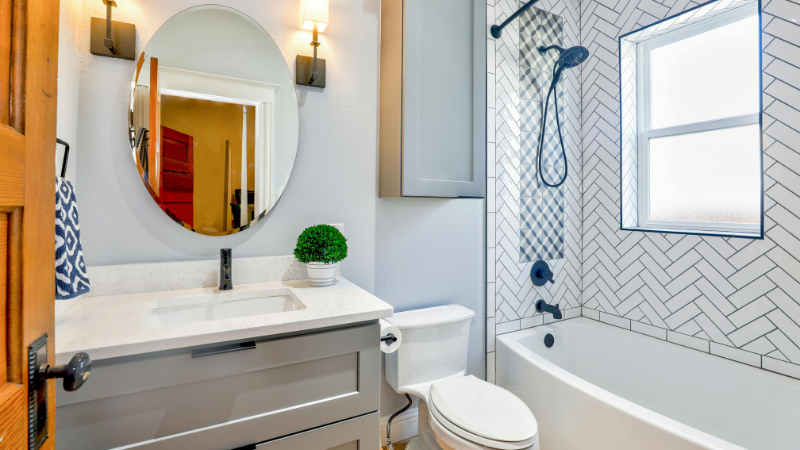
At Steri Mobile, we’ve helped countless homeowners deal with mold problems that could have been avoided with the right knowledge and maintenance. Mold exposure is dangerous because it can make you sick by causing respiratory problems, allergic reactions and other negative health effects.
The main thing mold needs to grow is moisture, which means that any water infiltration can cause mold. What’s more, our humid summers and cold winters create perfect conditions for humidity problems, which also increase the risk of mold. By taking proactive steps, you can prevent mold growth and protect your home.
If you’re a homeowner, I suggest you read on to learn a little more about how to prevent mold growth in your home through simple preventive actions.
Quick Links
- Getting a Handle on Indoor Humidity
- Stopping Moisture at Its Source
- Room-by-Room Prevention Guide
- In Conclusion
- When to Call the Professionals?
- Frequently Asked Questions
Getting a Handle on Indoor Humidity
Your indoor relative humidity should be below 60%, ideally between 30-50%. Any higher, and you’re creating a mold paradise. In our climate, this can be tricky to maintain, but it’s not impossible. Managing indoor humidity is one of the most effective ways to prevent mold growth.
We recommend:
- Using dehumidifiers in problem areas (basements are usually the worst)
- Running bathroom fans for 30 minutes after showers
- Installing a digital humidity meter (they cost about $20-30 at any hardware store)
- Using your air conditioner during humid summer months
Stopping Moisture at Its Source
The key to preventing mold growth is to catch moisture problems early. Based on experience as mold remediators, we know that most serious mold problems begin with small, overlooked water sources. Whether it’s a tiny plumbing leak, a cracked foundation, or a damaged roof, these seemingly minor issues can create perfect conditions for mold to thrive.




